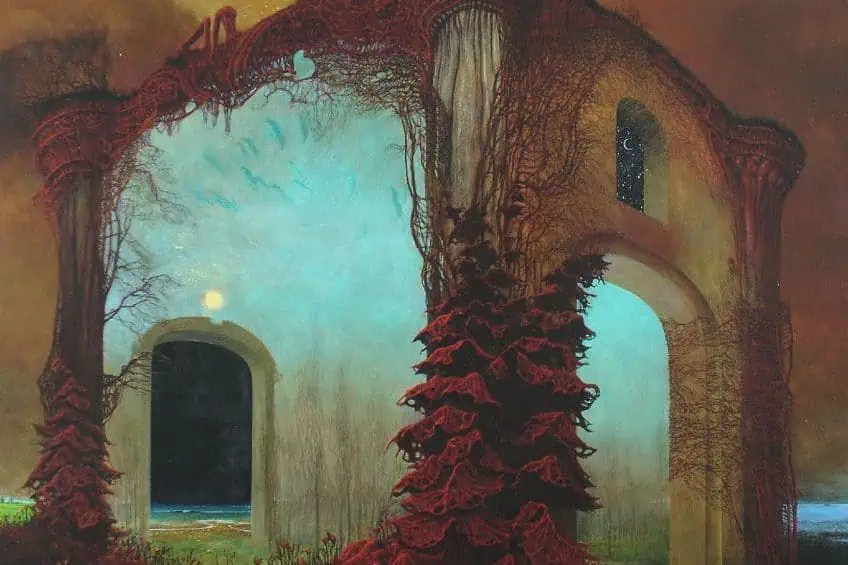Dystopian Surrealism – Reflecting the World with Dystopian Art
Dystopian Surrealism is a specific genre in art that offers much depth and insight into the imagined world, as rendered and conjured by artists who have truly unpacked the depths of their souls into their artworks. You may be familiar with the popular 20th-century art movement known as Surrealism, but not as familiar with Dystopian Surrealism. There is no need to worry since we have covered a brief overview of both these movements! In this article, we will introduce you to the concept of Dystopian Surrealism, as well as its predecessor Surrealism, and the works of Polish horror artist Zdzislaw Beksinski. Read on for more about the movement that liberates the psyche!
An Introduction to Dystopian Surrealism: The Rise and Fall of Surrealism
What Is Surrealism? To fully grasp the meaning of the concept of Dystopian Surrealism, one must first understand the umbrella movement from which it was born. The term “Surrealism” refers to the 20th-century art movement that captured the attention of many artists and creatives who sought to unpack and resolve issues and concepts of the subconscious through visual forms of expression.
The term “Surrealism” was derived from the French prefix “sur” translating to “on or above” and was used as the foundation for Dystopian Surrealism and the essence of pursuing evidence of “the beyond” or what many consider, the truth.
This search for truth was initially a concept upheld by the Symbolists but was magnified by the Surrealists through their collaboration with science and psychoanalysis. A society called the Bureau of Surrealist Researchers was also established to solidify the community of interested individuals who had a hunger for uncovering the truths of the unconscious human mind.
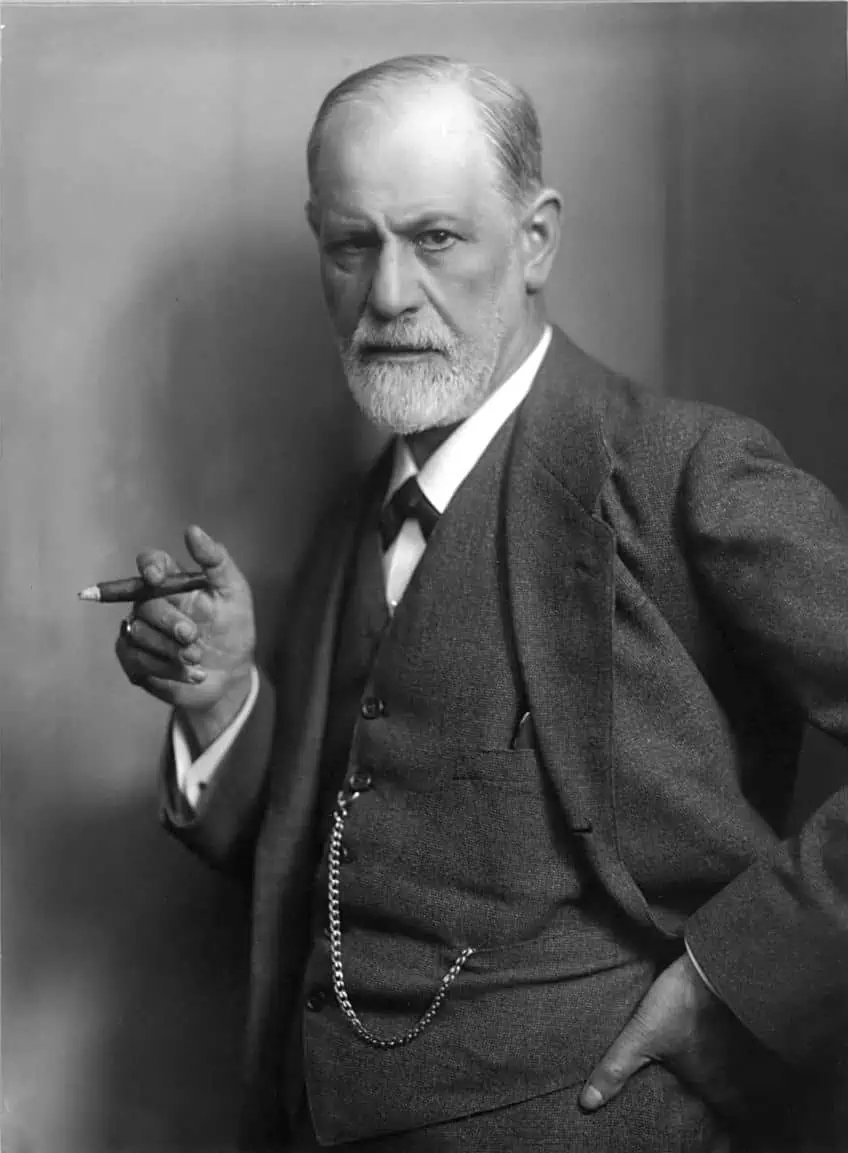
Surrealism was heavily influenced by the emergence of psychoanalysts and important texts by figures such as Sigmund Freud and Karl Marx, whose ideas and political concepts were the golden pool of inspiration for many famed Surrealists. Andre Breton was another major figure of Surrealist literature whose contributions resulted in the development of a term called “automatic writing”, which referred to the act of writing through borrowed methods and spiritualist mediums such that the author would connect with the souls and spirits of the underworld and help transcend their consciousness into another dimension or world.
The main premise of Surrealism was the culmination of the real world and the artist’s channeled subconscious, which found its way into many paintings and books throughout the early to the mid-20th century and formed the backbone of the movement itself. Surrealism also extended itself into Dadaism through artists such as Joan Miro and Max Ernst who replicated imagery that resonated with the dream state.
Artworks by artists such as Man Ray and Miro were also pivotal in spreading the movements and the widespread interest in different forms of Surrealism.
The Origin of Dystopian Surrealism
After the gradual collapse of the Surrealist approach in the 1920s, many artists used the early Surrealist concepts and references to focus on the elevation and representation of a true version of reality. Among artists like Andre Masson and Man Ray, were many creatives who developed new techniques and spins on Surrealist concepts to drive home their unique ideas about the subconscious and all that it could possess.
The realm of sculpture and painting were key art forms through which artists could explore Freudian theories while fusing the idea of channeling their creativity in light of both the conscious and the subconscious minds to blur the lines between reality and unconscious human states. Subjects and imagery from the dream state were popular in Surrealist-inspired works and were often found in conjunction with abstraction since the themes of the dream state and the many imagined compositions were abstract concepts in themselves.
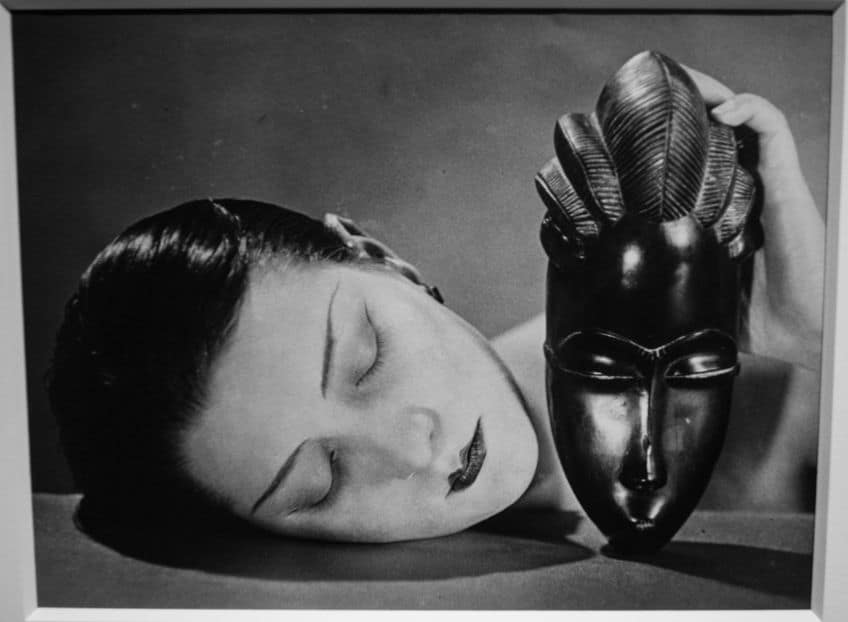
Building on the original foundation of Surrealism, the concept of Dystopian Surrealism emerged from the fusion of ideas around a dystopia, which describes an imagined world that is built on real-world events and systems but is fictional in that it is an imagined perception of a distressful society, often represented as a highly controlled totalitarian system. The idea of the dystopian world was founded on the fictional idea of a subconscious reality where the idea of community or family does not exist, and the individual’s identity is also suppressed.
Dystopian Surrealism is therefore a grim concept that presents everything that has emerged from the shortfalls of a utopia, with the prefix of the word dystopia, “dys”, translating from Latin into English as “bad”. While the idea of “bad” systems and societies is subjective, they do carry political connotations and real relationships to the real world.
Important realizations can be drawn from Dystopian Surrealism and include the idea that despite positive utopian intentions, a perfect society is somewhat unrealistic itself and bodes a warning of future anarchy, civil uprising, and a bleak future if society surrenders control to malicious structures of governance, and most popularly in works of fiction, technology.
Dystopian Surrealism in Context
It is important to take note of the context in which Dystopian Surrealism emerged, including the foundation of its mother movement, Surrealism. One should take note that Surrealism was an art movement that was founded between World War I and World War II and to fully grasp the concept of Dystopian Surrealism, one can perhaps understand the concept in light of the political context. Initially, many surrealists of the early 20th century operated on a lens of reason and science. The emergence of Dystopian Surrealism as seen in the works of artists such as Zdzislaw Beksinski highlights the absurdity of war and somewhat unimaginable tragedies caused by the impact of Nazi Germany and the Soviet Union on areas like Poland.
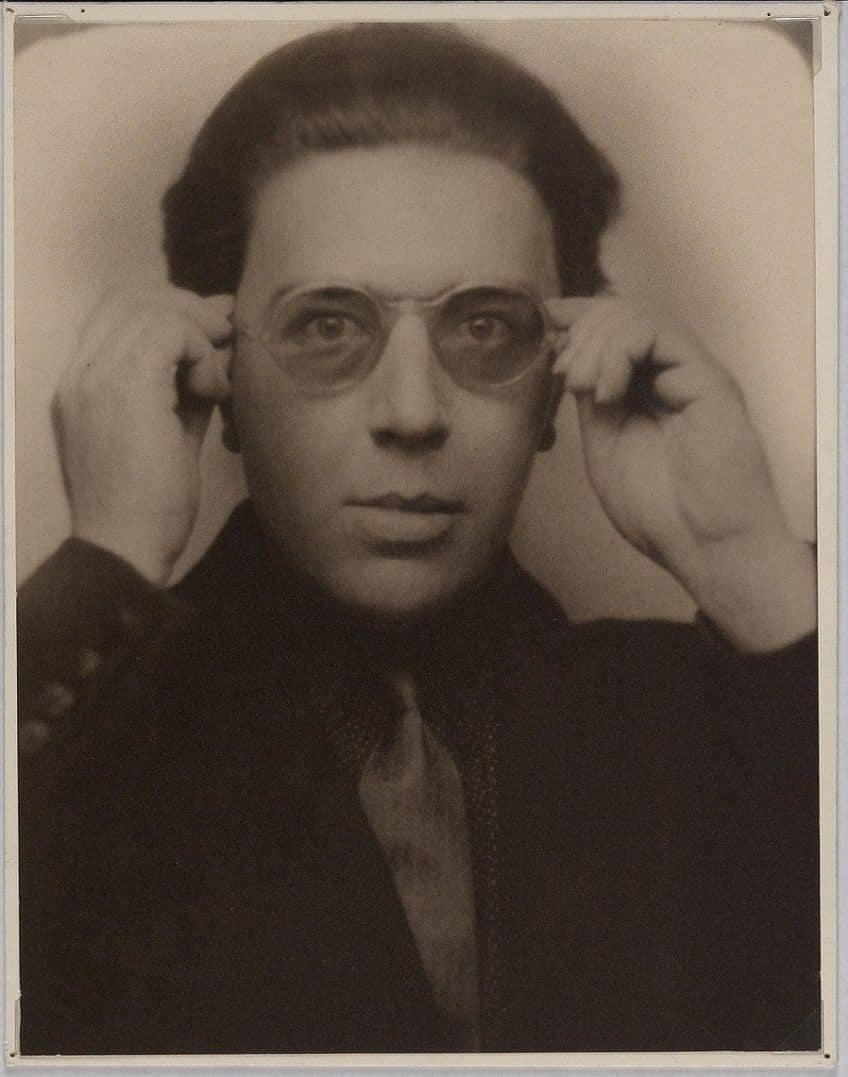
Artists such as Andre Breton, who was considered to be one of the key founders of Surrealism, had his career interrupted during World War I and was drafted to be a stretcher bearer. Such exposure to war, disease, various psychiatric effects, and the reality of death in the war served as the foundations for what was to come in surrealist art and eventually led to anti-war protests, which inspired anti-war art and Dystopian Surrealism. Other types of Surrealism include Veristic Surrealism as seen in the work of dystopian artist Salvador Dali who produced work based on dreams and Automatic Surrealism, as seen in works by Joan Miro, which relies on involuntary actions or seemingly random doodles that communicate the truths of the psyche.
Key Characteristics and Themes in Dystopian Artwork
Some of the key themes and characteristics of Dystopian art include imagery about the censorship of information, a loss of identity, bureaucratic governance, as well as other forms of control by religious structures or philosophical schools enforced to control the mass population. Dystopian Surrealism can also be identified as apocalyptic art, which evokes an atmosphere or mood of a premonition of the future that is perceived as negative or harmful to the survival of the human race.
Dystopian Surrealism also integrates visual imagery interpreted from the subconscious and is often otherworldly in appearance.
Dystopian Surrealism in Literature
Themes of Dystopian Surrealism have also been a long-running concept in many Modern and Contemporary literary works, including novels such as Amatka by Karin Tidbeck, which is set in an era of the climate crisis and contains many relevant dystopian parallels to today’s reality. Amatka describes a world where the Earth becomes uninhabitable and humans resort to escaping to an alien planet with a hostile environment. The book further offers a critique of Communism as presented during the Cold War with many nuanced references to politics, and what a Surreal dystopian landscape looks like. In this way, the novel uses Surrealism to cause discomfort in the reader and displaces one into a state of cognitive estrangement while addressing aspects of the real world that could easily fall under sublime dystopian horror.

Works like Amatka also tackle questions around democratic socialism and dismantle the “utopian” ideal belief of the benefits of democracy by questioning its idea of creating a “free society” in the face of a surrealist neoliberal and capitalist environment. Other interesting surreal novels worth exploring include Egalia’s Daughters: A Satire of the Sexes (1977) by Gerd Brantenberg and The Weird and the Eerie (2016) by Mark Fisher.
Dystopian Surrealism Through the Lens of Zdzislaw Beksinski
“I wish to paint…as if I were photographing dreams”. One of the most prominent artists of Dystopian Surrealism was a Dystopian artist named Zdzislaw Beksinski, who pioneered the concept through his various paintings that evoke a sense of horror and draw out subconscious fears rooted in identity and a disfiguration of the human form. Zdzislaw Beksinski was born in 1929 in Sanok, Poland, and as a child, was exposed to elements of war and suffering. Bluntly, Beksinski’s introduction to society was perhaps a fast-forward to the imagined dystopia many modern individuals would imagine today.
It was a harsh introduction to a society where control was anything but accessible to the young Beksinski and many families in Poland.
At the time, Poland was occupied by Nazi Germany as well as the Soviet Union, which lasted throughout the second world war and saw the tragic eradication of almost all Jews in the population. Persecution and suffering were common and bred a society of trauma and a culture of survival since many non-Jewish individuals were also subject to persecution. Nazi Poland saw the deaths of around 5.6 million people followed by the Soviet Union’s occupation, which resulted in an additional 150,000 deaths. The 20th century was a dark era in the world with many unfortunate and unjust events, which were reflected in the Dystopian paintings of Beksinski, who recalled his experiences as a child.
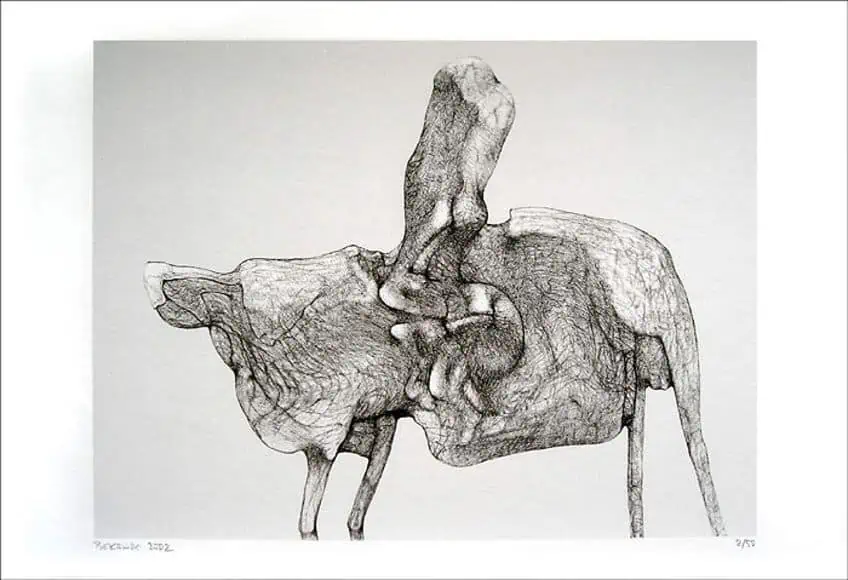
Beksinski survived his early childhood and pursued architecture at the Kraków University of Technology. By the mid-20th century, Beksinski found himself in the construction field as a bus designer and supervisor, which he loathed. Beksinski’s interest in art began around this period as he discovered his passion for sculpture and photography and eventually painted as a self-taught artist. His talent was recognized quickly, and his early career was successful with praise from everyone who knew of his work. Below, we will look at a few famous examples of dystopian art through the brush of the Polish horror artist Zdzislaw Beksinski.
Famous Zdzislaw Beksinski Artworks
After abandoning his career in construction and architecture, Beksinski saw his career take off in the 70s, which marked his exploration of fantasy-inspired subjects. During this period, he painted images that portrayed morbid environments and were considered macabre and included landscapes and apocalyptic scenes that provided insight into his subconscious environment. Around 1984, Beksinski agreed to work with Piotr Dmochowski, who helped the Polish horror artist promote his work in the West. By the 1990s, Beksinski began experimenting with computer technology and photo manipulation in his photography artworks, many of which have been published online.
Beksinski received national recognition and was even awarded the Order of the Rebirth of Poland.
Sadly, the artist met a tragic end after the passing of his wife and the death of his son, who committed suicide. Sadly, Beksinski met his end tragically in 2005 and was murdered over a $100 bill by his caretaker’s son. In reality, Beksinski was recognized as a kind man who had a keen sense of humor and was also inspired by music. Beksinski credited his choice of music as a helpful companion to the production of his paintings. His medium of choice was first acrylic on hardboard and eventually, he embraced oil painting as seen in his skilled brushwork in many of his Dystopian Surrealist artworks.
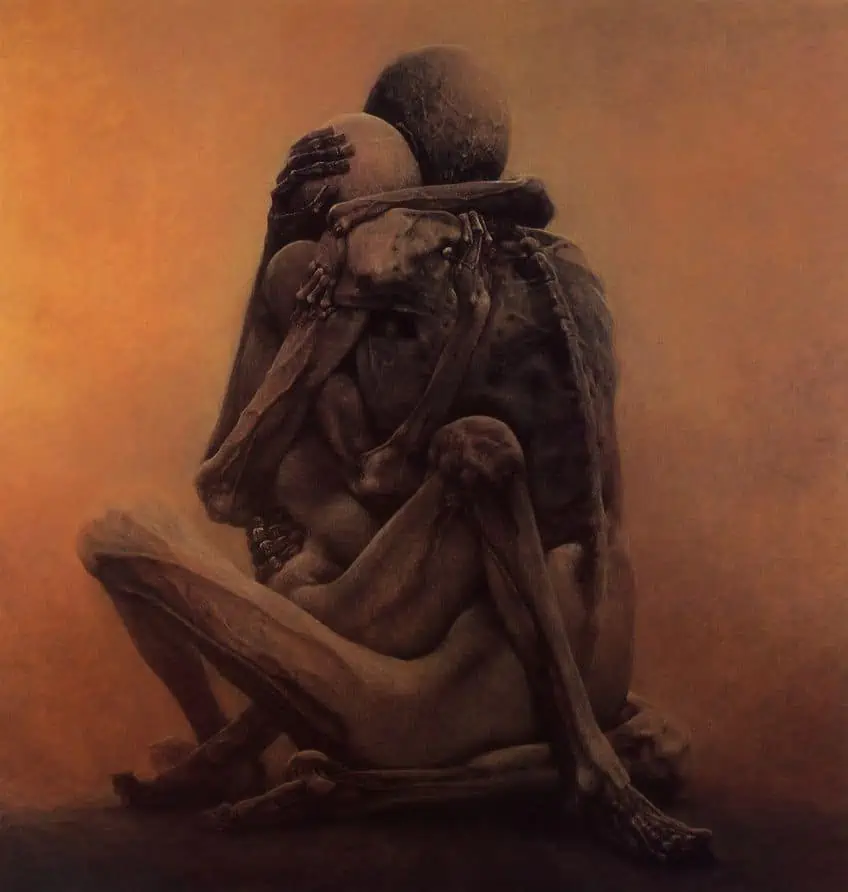
Some of the major themes in his work include death, the distortion of the human form, and sub-themes such as decomposition and a renunciation of the future marked by struggle, peril, and monumental architecture, which dominated many of his works. Below we will take a look at some of the most famous Beksinski paintings That showcase the inner world of the artist as well as his imagination when it comes to interpreting dystopian surrealist society and the real threat of horror.
Untitled “Loss” (n.d.)
| Date | n.d. |
| Medium | Oil on board |
| Dimensions (cm) | Unavailable |
| Where It Is Housed | Unavailable |
Untitled “Loss” represents an image of both hope and horror with a combination of distorted human bodies, evoking death, and decay with the image of corpses holding onto some form of life as if being resurrected. The scene is biblical as the crowd of eerie corpses appears to bow down in worship toward the vague figure who is seen hovering over the crowd and whose details are unclear due to the illumination of the sun. The image is haunting and reminds one of the afterlife, which mimics the characteristics of a dystopia. During the 80s, Beksinski created works with Christian themes and included symbols such as the cross.
It has been theorized that this was Beksinski’s way of drawing attention to the religious persecution that he witnessed in childhood.
CZERWONY KSIĘŻYC (1973)
| Date | 1973 |
| Medium | Oil on panel |
| Dimensions (cm) | 119 x 95 |
| Where It Is Housed | Private collection |
CZERWONY KSIĘŻYC is a famous Dystopian Surrealism artwork created during Beksinski’s fantasy phase and features a surreal scene with a nude woman and an ominous glowing red moon. The hazy atmosphere coupled with the garish red color palette and odd-looking creatures at the bottom of the painting makes for a paranormal horror scene. The naked woman seems possessed by the red moon as she strides across the painting. Her glowing orange eyes, expressionless face, and elongated emaciated figure strike fear into the scene, which evokes a fear of the unknown and the uncanny through an unrecognizable landscape with unrecognizable figures.
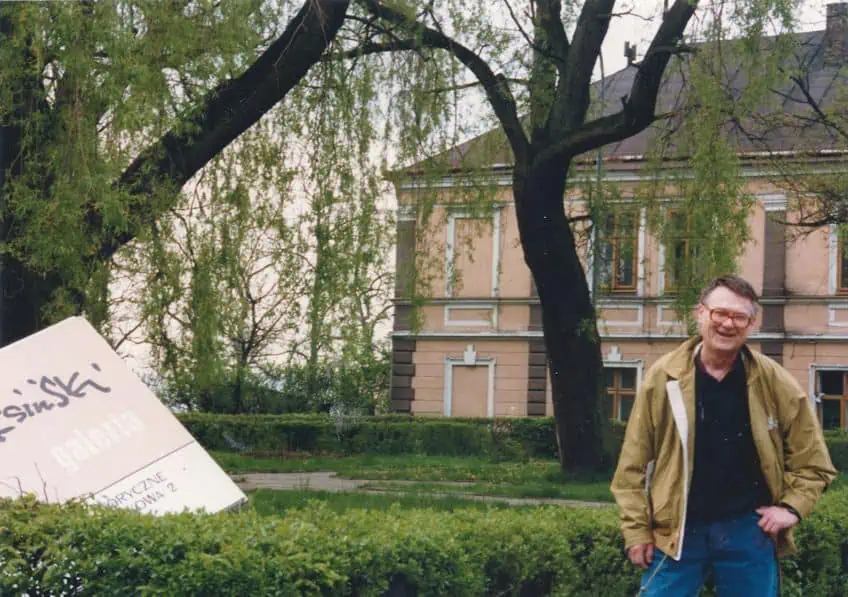
Untitled (1978)
| Date | 1978 |
| Medium | Oil on board |
| Dimensions (cm) | Unavailable |
| Where It Is Housed | The Historical Museum, Sanok, Poland |
This other-worldly dystopian landscape is an example of Beksinski’s inclusion of the concept of monumental architecture in connection with micro-worlds within a landscape. With three visible towering columns and ancient red vines attached to the structure, the viewer is pulled into the void of perhaps, a false utopia. This can be seen in the idealistic colors of hope and micro-landscapes as illustrated by different settings, including a shoreline with calm blue waves, signs of life with birds hovering over a pastoral forest landscape in broad daylight, and a starry evening sky with an eclipse in the top right arch window of the structure. The painting is entirely surreal, and one is left questioning the reality of the landscape in terms of where it begins and where it ends.
As one inspects the painting closer, one might also notice that the columns are not as they seem and possess the textural quality of fluted fabric or curtains, which further distorts the perception of materiality and object.
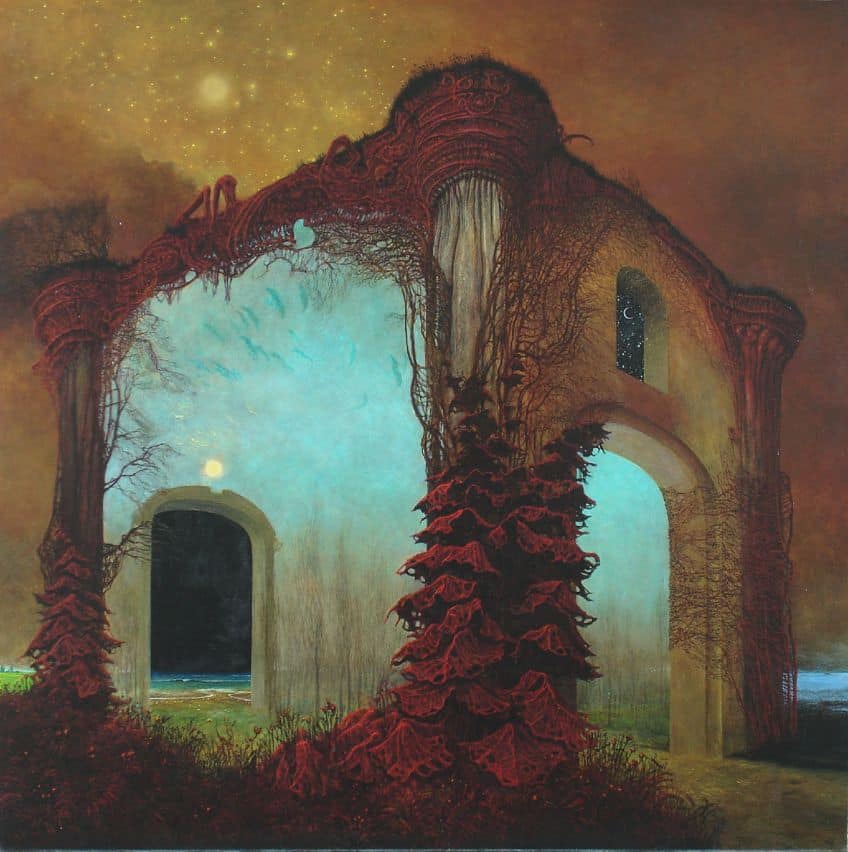
RA (c. 1985 – 1990)
| Date | c. 1985 – 1990 |
| Medium | Oil on fiberboard |
| Dimensions (cm) | 88.5 x 92 |
| Where It Is Housed | Private collection |
Nothing screams the weight of dystopian existence more than the suffering of a decayed human figure seen crushed and fused with the stony landscape. RA is among many of the most painful Beksinski paintings. The red and orange hues of the painting evoke the soreness and longing for an end as the expression on the skeleton’s face displays the agony of bearing the burden of dystopian existence. The figure also appears to carry a stone block on its back, which contains the bones of other humans and is a heightened image of the suffering, perhaps witnessed by Beksinski.
Y (2005)
| Date | 2005 |
| Medium | Oil on beaverboard |
| Dimensions (cm) | 98 x 98 |
| Where It Is Housed | Muzeum Historyczne w Sanoku, Sanok, Poland |
This famous Dystopian Surrealist painting was completed on the day of the artist’s death when he was discovered in his apartment with 17 stab wounds. Y represents, perhaps, the last moments and the only key witness to the artist’s unfortunate death. The color palette of the painting, representing the detailed fragments of a burnt piece of paper or cloth with fold marks resembling a cartesian plane, further evokes a sense of finality. A shadowed portion of the painting is emphasized for contrast but also perhaps an underlying message in the fourth quadrant of an eventual end.
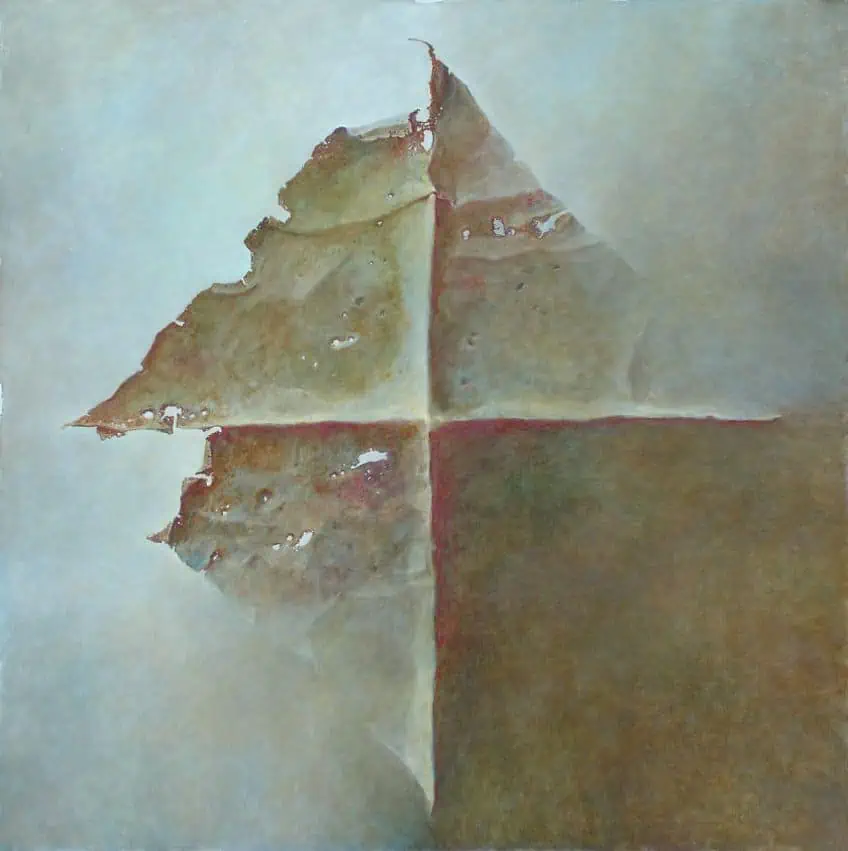
Beksinski’s Dystopian Surrealist artworks became symbols of his legacy as a masterful and influential painter who inspired many artists who looked up to the movement. Following the artist’s death, a museum was established in honor of his legacy in Sanok in 2006 and was also a figure of inspiration for the film director Guillermo Del Toro. Today, one can find Beksinski’s works in many private collections, including the National Museum in Warsaw.
Despite some finding the works of Beksinski particularly disturbing and “too macabre”, his works have been praised by many art critics and scholars for his technical execution and fulfillment of the raw concept of Dystopian Surrealism at its height. We hope that this article has certainly piqued your interest in the fascinating genre of Dystopian Surrealism, and its many interesting parallels to Contemporary politics and societal structures of governance.
Frequently Asked Questions
What Is Dystopian Surrealism?
Dystopian Surrealism refers to the art movement that emerged in the 20th century and was led by pioneering artist Zdzislaw Beksinski. Dystopian Surrealism describes artworks that are fictional and portray horrific landscapes and environments that challenge the notion of a utopia, and highlights the subconscious fears of the future driven by the concept of a dystopian world.
What Are Key Themes in Dystopian Surrealism?
Some of the key themes in dystopian surrealism include themes of death and other concepts that oppose the notion of a utopian society. This includes concepts such as the loss of identity, the loss of control, and an emphasis on societal authorities or religious structures that seemed to control society to its eventual decline and suffering.
Which Artist Is Famous for Practicing Dystopian Surrealism?
Zdzislaw Beksinski is famous for practicing Dystopian Surrealism and achieved this in his sculptural, photographic, and painted artworks. Beksinski’s approach to Dystopian Surrealism was informed by the horrors of Nazi Germany in Poland during World War II, as well as his experiences during childhood.
Jordan Anthony is a Cape Town-based film photographer, curator, and arts writer. She holds a Bachelor of Art in Fine Arts from the University of the Witwatersrand, Johannesburg, where she explored themes like healing, identity, dreams, and intuitive creation in her Contemporary art practice. Jordan has collaborated with various local art institutions, including the KZNSA Gallery in Durban, the Turbine Art Fair, and the Wits Art Museum. Her photography focuses on abstract color manipulations, portraiture, candid shots, and urban landscapes. She’s intrigued by philosophy, memory, and esotericism, drawing inspiration from Surrealism, Fluxus, and ancient civilizations, as well as childhood influences and found objects. Jordan is working for artfilemagazine since 2022 and writes blog posts about art history and photography.
Learn more about Jordan Anthony and about us.
Cite this Article
Jordan, Anthony, “Dystopian Surrealism – Reflecting the World with Dystopian Art.” artfilemagazine – Your Online Art Source. April 11, 2023. URL: https://artfilemagazine.com/dystopian-surrealism/
Anthony, J. (2023, 11 April). Dystopian Surrealism – Reflecting the World with Dystopian Art. artfilemagazine – Your Online Art Source. https://artfilemagazine.com/dystopian-surrealism/
Anthony, Jordan. “Dystopian Surrealism – Reflecting the World with Dystopian Art.” artfilemagazine – Your Online Art Source, April 11, 2023. https://artfilemagazine.com/dystopian-surrealism/.


